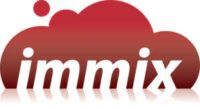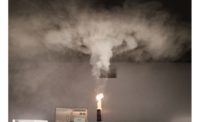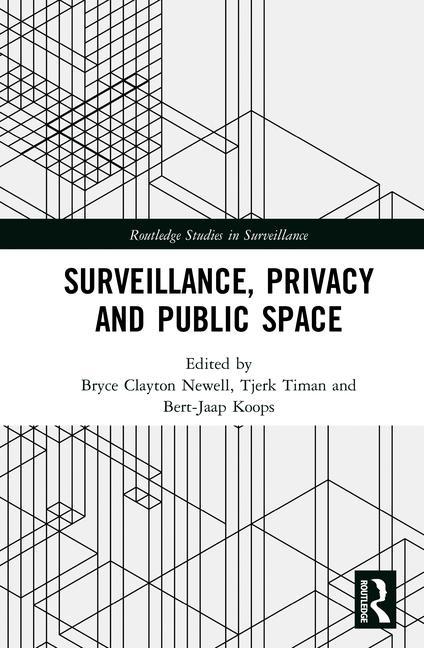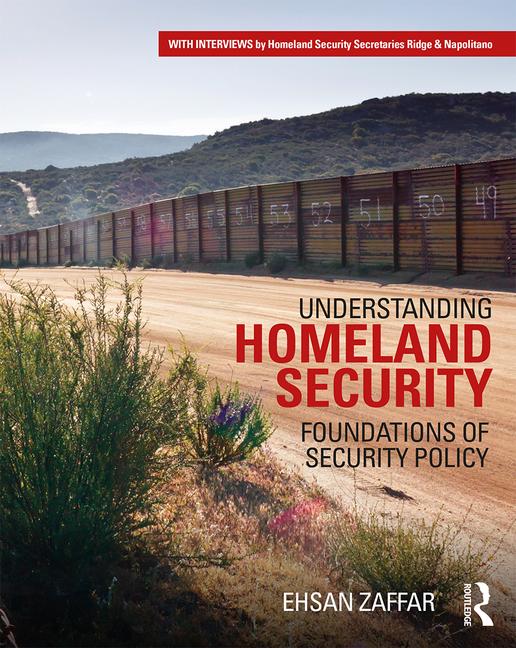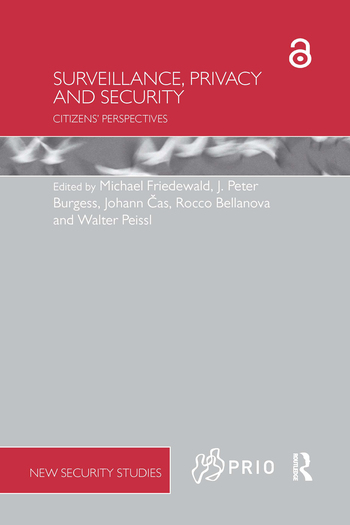Many are intrigued with some of the changes that have been introduced and adopted toward consistent services through the COVID-19 pandemic — everything from changes to business logistics to actually augmenting UL standards to accommodate work-from-home (WFH) staffing.
Previously and unrelated to the pandemic, UL introduced another meaningful addition to the existing UL 827 standard for central station UL listing compliance. When UL 827A was approved and adopted, this change made way for meaningful options for monitoring centers of all shapes and sizes. UL 827A permits existing UL-listed centers to earn the additional UL 827A listing that allows them to deliver hosting to other central stations. This addition provides the guidance for a UL 827A-listed central station to offer alternative structures and methods to other new or existing UL-listed central stations. The alternate choices relate to the structure, location, and implementation of their software and/or hardware, including new options on the hosting placement and the location of their servers, software, central station receivers, and telephone systems.
This is a great opportunity that allows these 827A-listed central stations to serve as an Amazon Web Services (AWS) or Google Cloud-type service to the industry, while everyone maintains their UL listings.
Under 827-A, monitoring centers can choose to adopt a central station host structure to include hosting automation systems, telephone systems, and even receivers in a remote location. The staff at the host site could also serve as the back-end IT specialists. An essential benefit is that a hosting service can relieve some of the burden from the central station, alleviating the need for IT staff experts or incurred costs of routine hardware and software licensing and upgrades. Outsourcing allows the central station to focus its resources on service delivery to its customers.
UL offers a variety of listing categories, including hosted central station services, managed video services, central station automation systems, and software receivers.
Most monitoring centers that are already invested in automation and technology offering seamless remote operations have the unique opportunity to present a structure that will offer other organizations the control they need, increasing their management competency and reducing ongoing management and infrastructure while maintaining a more manageable overall cost structure. The centers that are and will be offering these hosted services open up opportunities for smaller, proprietary call centers — or centers of any size that recognize that moving their servers, receivers, and telecom to a hosted provider will free up resources, reduce capital expenditures, and allow them to focus on what they do best.
Essentially this structure allowed by UL is a hybrid ASP (application service provider)-type model. The existing central station maintains its UL listing while connecting to the hosted UL 827A monitoring center through one or more direct, private network connections as multiprotocol label switching (MPLS), in addition to VPN backup. The connection serves as an umbilical cord into a sophisticated, technologically advanced infrastructure, which includes receivers, automation, telecommunications, and all the management and support that come with it. This structure relieves organizations of the need to add or upgrade technology, combat telecommunications issues, or maintain the management required to keep it running.
What really presents this as a great value proposition is how you can take on or share in the signal processing. With all servers, receivers, and telecoms hosted in the UL 827A center, the remote monitoring center has a variety of options, including staying staffed 24/7 for all processing and data entry, daytime monitoring during normal business hours, or anything in between. Management, updates, and technology upgrades all fall on the experienced staff at the industry central station, relieving the organization of additional and expensive senior and middle management. As a result, the client can operate on the best of technology, managed by an experienced team, but without the burden of staffing problems, outage challenges, or the required technical and operational competencies needed to optimally operate a 24/7 central station.
When considering the overall management, staff, and maintenance directly and indirectly related to the monitoring center — and add to it the annual cost of maintaining the automation system, receivers and other requirements — it’s obvious that a hybrid ASP model with a fixed cost brings added value to many organization from both a logistical and economic standpoint.
Companies of every size continue to research opportunities for increased efficiencies. Many simply choose to outsource all their monitoring in a traditional sense. Now, with the adoption of UL 827A, monitoring centers have a variety of new options that allow for increased efficiencies, more redundancy, and the ability to focus on what’s important to an organization.
In addition to the obvious advantages to a hosted and listed central station, this fills an essential gap for central stations that eclipse the UL-mandated monitoring equivalent weight (MEW) factor. Central stations with a certain alarm activity factor that are mandated to maintain fully redundant operations can choose to stand up a fully operational central station, or partner with a UL 827A-listed central station.
The adoption of UL 827A is meaningful and a great benefit to those who understand the value it provides to both the hosted operation and the central station partners that choose to leverage this structure.




